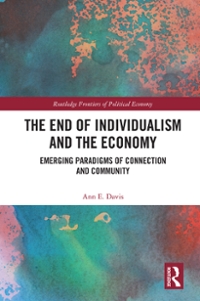Suppose that Jill Johnson has to choose between building a smaller restaurant and a larger restaurant. In the graph, the relationship between costs and output for the smaller restaurant is represented by the curve ATC,, and the relationship ATC, between costs and output for the larger restaurant is represented by the curve ATC, If Jill expects to produce 650 pizzas per week, should she build a smaller restaurant or a larger restaurant? Briefly explain. O A. Jill should build a larger restaurant because average total costs will be lower than for a smaller restaurant. ATC O B. Jill should build a smaller restaurant because a larger restaurant is unable to produce 650 pizzas per week. Average cost (dollars per pizza) C. It does not matter which size restaurant Jill builds because they both can produce 650 pizzas per week. O D. Jill should build a smaller restaurant because average total costs will be lower than for a larger restaurant. O E. Jill should build a larger restaurant because a smaller restaurant is unable to produce 650 pizzas per week. If Jill expects to produce 1,300 pizzas per week, should she build a smaller restaurant or a larger restaurant? Briefly explain. O A. It does not matter which size restaurant Jill builds because they both can produce 1,300 pizzas per week. 500 650 1100 1,300 O B. Jill should build a larger restaurant because a smaller restaurant is unable to produce 1,300 pizzas per week. Quantity (pizzas per week) O C. Jill should build a smaller restaurant because a larger restaurant is unable to produce 1,300 pizzas per week. O D. Jill should build a larger restaurant because average total costs will be lower than for a smaller restaurant. O E. Jill should build a smaller restaurant because average total costs will be lower than for a larger restaurant. A student asks, "If the average cost of producing pizzas is lower in the larger restaurant when Jill produces 1,100 pizzas per week, why isn't it also lower when Jill produces 500 per week?" Give a brief answer to the student's question. A. The smaller restaurant benefits more from division of labor. O B. The larger restaurant experiences diminishing returns sooner than the smaller restaurant. O C. The smaller restaurant has no fixed costs, O D. The larger restaurant has higher fixed costs than the smaller restaurant. O E. Both a and b







